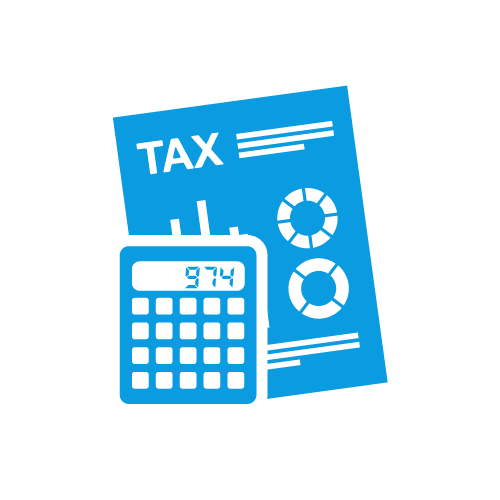Here’s an overview on pension tax relief and the tapered annual allowance for high earners.
Pension tax relief
Most British taxpayers get tax relief on their pension contributions, meaning the Government effectively pays money into your pension pot. Basic rate taxpayers get a 20% tax top up; this means that for every £100 contribution, you will have to pay £80 and the government will top it up with the additional £20.
If you are a higher-rate taxpayer, you could reclaim an additional 20% tax on your pension contributions, for a total of 40% tax relief. This is one of the biggest benefits of saving into a pension – getting tax reliefs on everything you pay in. But many higher-rate taxpayers don’t realise that this relief won’t happen automatically – you have to claim it.
Tax relief on UK pensions
When thinking about how much money you can save into your pension, it is important to understand how pension tax relief works.

For 2022/23 you can get tax relief on pension contributions up to ₤40,000 or 100% of your salary (whichever is lower). Any contributions that you make over this limit are taxed at the highest rate of tax you pay.
Basic rate taxpayers get a 20% tax top up, so if you paid ₤80 into your pension, HMRC would effectively add another ₤20 which would bring the total contribution up to ₤100.
Higher rate taxpayers can claim a further 20% (total of 40%) through their Self-Assessment tax returns. You can claim this tax back in three easy steps.
If you earn less than ₤3,600 annually or don’t earn anything, the maximum amount you can contribute to your pension within the tax threshold is ₤2,880, bringing your total annual contribution to ₤3,600 once tax relief is added.



